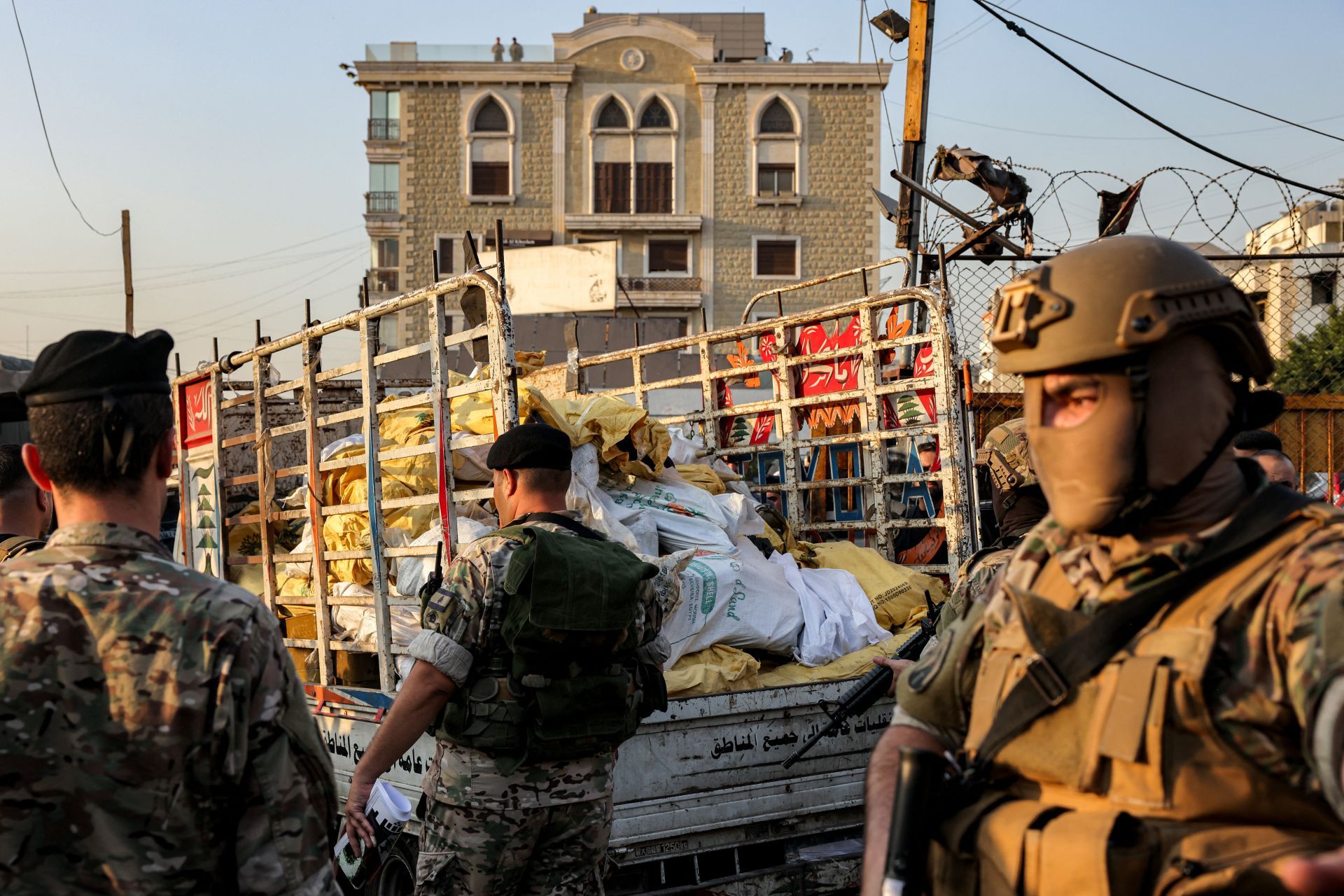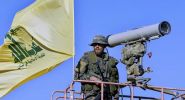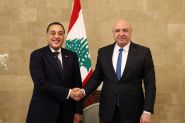
On Thursday, August 21, the long-delayed disarmament of Lebanon’s Palestinian camps finally began. This milestone marks the first tangible step stemming from agreements reached last May between President Joseph Aoun and his Palestinian counterpart, Mahmoud Abbas. After decades of stalled efforts, the move immediately raises a pressing question: what happens next?
A Limited but Symbolic Step
The scene in Burj al-Barajneh is rich with symbolism. In a country where the state has rarely exercised full authority over Palestinian camps, seeing weapons leave this nearly autonomous enclave in favor of the Lebanese Army signals a notable political shift.
However, the step for now is limited. The arms surrendered were medium-sized, primarily B7 anti-tank rocket launchers, with no missiles. All equipment was carefully packaged and cataloged in detailed lists, coordinated with Fatah and the Palestine Liberation Organization (PLO).
Yet, a Fatah official told Reuters that the weapons handed over were only “illegal” arms brought into the camp just 24 hours earlier, highlighting the largely symbolic nature of this initial batch.
Factions Between Cooperation and Distance
Some Palestinian factions emphasized the symbolic nature of the handover. Present at the event, they stressed that it did not affect their historical arsenal but concerned weapons “illegally brought into the camps in recent years.”
In a statement, they reaffirmed that their rifles and rocket launchers remain intact, as they are “linked to the Palestinian cause, the right of return, and the struggle against Israel.” In other words, what was handed over represents a political gesture rather than a genuine military dismantling.
According to Lebanese media, Haitham Zaiter, a member of the Palestinian Central Council, confirmed that Fatah and the Palestinian security forces had delivered some of their medium and heavy weapons in Burj al-Barajneh, while retaining personal arms. He noted that this is a first step, expected to be repeated in other camps, notably in Tyre, Saida and the North. Zaiter also clarified that personal weapons would not be included in the process, while larger-caliber arms would gradually be handed over to the Lebanese Army.
Ramez Dimashkieh, the president of the Lebanese-Palestinian Dialogue Committee, described the Burj al-Barajneh handover as “small in scale but large in symbolic significance.” In his view, this initial delivery reflects the practical implementation of President Aoun’s inaugural address, the ministerial program and the Taef Agreement. It also aligns with UN Security Council Resolution 1701, which calls for the absence of non-state weapons south of the Litani River.
Dimashkieh added that his committee has already received comprehensive lists of weapons to be collected and that the process is expected to continue over several weeks, gradually covering all Palestinian camps from Beirut to the south. He emphasized that the Palestinian decision is collective, targeting no single faction, and noted that talks with Hamas are proceeding “in a positive atmosphere,” with a real chance the Islamist movement could join what he calls “the disarmament train.”
The Challenge of Ain al-Helweh
The future of the disarmament process depends on its expansion. While Burj al-Barajneh was able to hand over a few crates of weapons in a calm atmosphere, what will happen in Ain al-Helweh, a true Islamist stronghold where armed factions maintain near-total control?
The challenge in the south of the Litani, explicitly mentioned by Dimashkieh, ties not only to the provisions of UN Security Council Resolution 1701 but also to the thorny issue of Hezbollah. Can the Palestinians be disarmed without affecting Hezbollah’s arsenal?
According to the Washington Institute, the two issues are inseparable. Hezbollah has long used certain Palestinian factions as proxies against Israel. Weakening them could potentially expose the party to a loss of influence it may not be willing to accept.
A Fragile Yet Hopeful Breakthrough
The handover of weapons in Burj al-Barajneh is both a breakthrough and a test. A breakthrough, because it marks the first time in decades that effective cooperation has taken place between the Lebanese state and the Palestinian Authority to reintegrate the camps under national law.
A test, because much remains to be done. The credibility of the process will depend on its ability to extend beyond the capital, reach Islamist strongholds, and address the much larger issue of Hezbollah’s arsenal.
Lebanon is therefore embarking on a path full of obstacles. The first steps show that there is political will, both from the Lebanese Army and the Palestinian Authority. Yet the road ahead is long. Each disarmed camp will be a political victory, but also a test of the true commitment of regional actors. Behind every rifle handed over in Burj al-Barajneh lies the broader question of weapons in Lebanon.




Comments